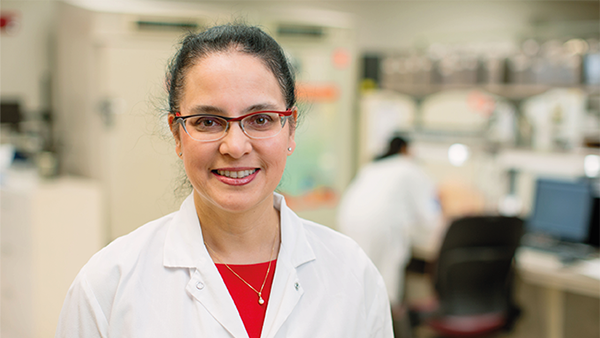From Lab Bench to Frontline Defense
Getting medicines to patients rapidly during an outbreak is essential for controlling an outbreak, but that’s no mean feat – enter pharmaceutical engineering
When we refer to pharmaceutical engineering, we are inclusive of molecular engineering, product development, scale up, manufacturing facility engineering, and, in general, all the complex activities necessary to bring medicines to patients. For example, molecular discovery work accelerated significantly during COVID-19, but that’s not all; facilities were renovated, retooled, or made from scratch.
Understanding the virus, disease, or challenge to the human body is key to identifying the potential cure or treatment, but this requires close cooperation between government agencies and pharmaceutical companies. Government agencies generally have their finger on the pulse of emerging infectious diseases and, from their data, scientists can design a candidate molecule to combat disease. This is hard work and requires significant laboratory investigation, testing, and analysis to hone in on the appropriate candidate molecule for progression to the clinic.
A grander scale
Pharmaceutical engineering also helps tackle issues related to scalability and mass production of vaccines and treatments in emergency situations. Understanding the potential demand for a treatment predicates the scale on which the medicine is manufactured; the scale is also dependent on the dose amount of active ingredient and the frequency of dose. Once the scale is determined and the manufacturing process is defined, facilities and equipment can be designed, constructed, procured, installed, and finally validated to ensure product quality. Notably, regulatory agencies have programs that enable accelerated regulatory reviews of submission documentation to enable authorization for emergency use or other regulatory designations.
Manufacturing medicines to support treatment across the globe requires mass production and scalability – but it also demands supply chain resilience, which can be particularly challenging when low temperatures are needed to prevent product degradation. In many cases, supply chain robustness is central to distributing products that remain efficacious until dosed. At the same time, an understanding of product degradation pathways and using a formulation that can sustain higher temperatures experienced across the globe is an important consideration when building a reliable distribution network.
Biologic-based products add to global supply chain challenges because they require very low storage and transport temperatures. To overcome this “cold chain” challenge, pharmaceutical companies must put a reliable product distribution network in place and may require partnerships with governments to enable the infrastructure necessary to ensure product quality through administration to the patient. During the COVID-19 pandemic, many governments supported – and even owned – the distribution of vaccines within their regions of authority.
Future focus
Over 8 million people died during the COVID-19 pandemic – a number that would have been far greater if not for the rapid discovery, development, manufacturing, and scaling of medicines and vaccines. During this time, the industry was forced to remove white space in the drug development timeline – and many lessons learned are now being applied to the industry’s ways of working. Though we cannot predict the challenges brought by future pandemics, we are better prepared than ever.




